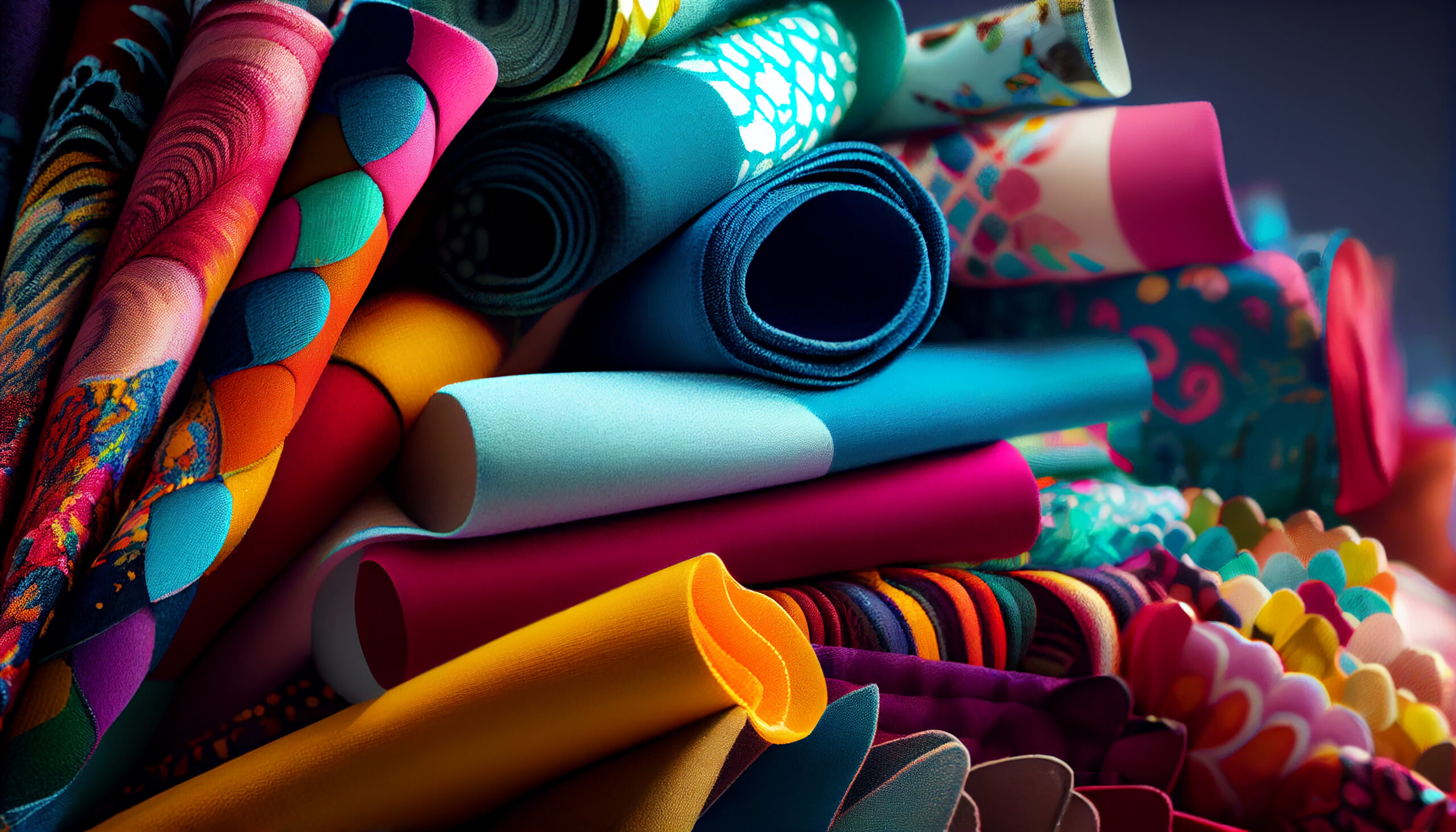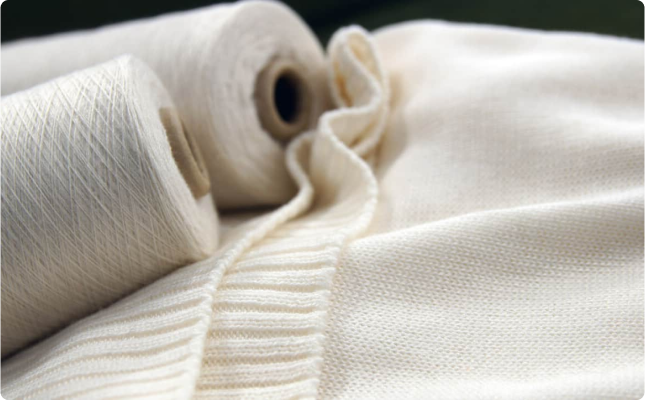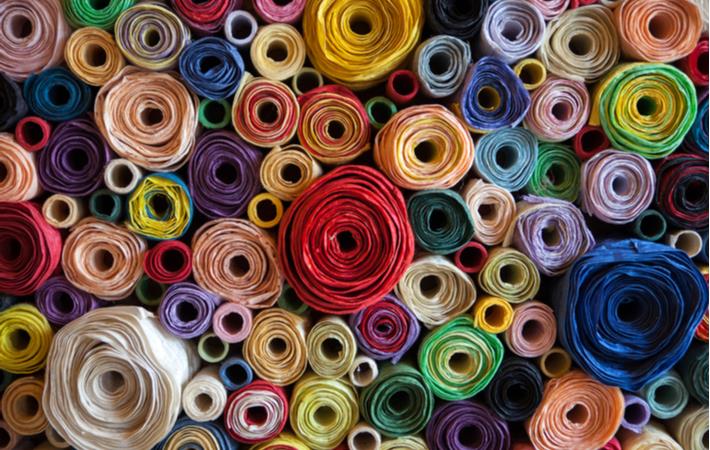Textiles circularity: supporting brands to take action

Circularity is transforming the textiles industry, shifting the focus from a linear ‘make-use-dispose’ model to a closed-loop system where waste is minimised, resources are reused and products are designed for endurance and repair. This evolution is being driven by both consumer expectations and legislative momentum, especially in the EU, with circularity increasingly being seen as a critical component of long-term business strategy and operational resilience.
Multiple sustainability regulations place significant pressure on brands and manufacturers. They are not easy to implement, create uncertainty, and involve substantial costs. Moreover, differing requirements across global markets make compliance even more complex. Brands are expected not only to assure the provenance of their materials, but also to demonstrate credible, measurable improvements in environmental and social impact throughout their supply chains.

Key regulations shaping circularity
The EU is leading the charge on circularity in textiles with a number of regulatory initiatives. Major fashion brands, regardless of their location, must comply with EU regulations if they sell products in the European market:
- Ecodesign for Sustainable Products Regulation (ESPR): Sets requirements for durability, reparability, recyclability and the creation of a Digital Product Passport (DPP) for goods. ESPR’s first sector-specific measures – prioritising textiles – will begin to apply from 2027.
- Empowering Consumers for the Green Transition Directive: Prohibits generic, unsubstantiated green claims and misleading labels. All environmental claims must be supported with robust evidence and documentation by March 2026.
- Proposed Green Claims Directive (GCD): If adopted, GCD will mandate all explicit environmental claims to be pre-verified by accredited third parties before public use. While the GCD’s future remains uncertain, brands are advised to prepare processes that substantiate all green claims in anticipation of its likely requirements.
- Extended Producer Responsibility (EPR): Textiles EPR will make brands responsible for financing and maintaining end-of-life systems for collection, sorting, reuse and recycling. This will become mandatory across the EU over 2026 to 2028.
Outside the EU, other regions are also advancing with their own frameworks:
- The US is making progress through industry bodies and state-level action, including guidelines on responsible sorting, labelling and restricted substances.
- Asian economies, especially South Korea, Japan and China, are integrating circularity to enhance efficiency and reduce import reliance.
The increasing complexity is not likely to end anytime soon – especially with the EU’s Strategy for Sustainable and Circular Textiles, which enforces 16 different legislative measures up to 2030.
As global circularity requirements tighten, verification is essential to underpin consumer trust, mitigate compliance risks and help brands avoid fines for unsubstantiated claims. Certification enables companies to verify their products are traceable, produced under fair working conditions, and with responsible management of chemicals and water. As such, it is increasingly recognised as a formal compliance measure under EU regulations.

Certification vital for textiles circularity
Third-party certification bodies like Control Union, which boasts 50 offices worldwide, play a central role in this ecosystem by independently auditing recycling processes, validating input materials and verifying claims for recycled or reused content.
Control Union’s dedicated Textile Certifications team based in Zwolle, in the Netherlands, is a global leader in the field. It partners with clients around the world, particularly in the fashion industry, to enable brands to make substantiated claims about whether their products contain recycled materials or, for example, organic cotton, in compliance with all relevant regulations.
Headed by Lonneke de Kort, the specialist team has decades of experience in textiles and sustainability and certifies some of the biggest names in fashion. If you see a Global Organic Textile Standard (GOTS) logo on clothing, chances are it was the Control Union team that either performed the audit or certified it. The team also works on the certification of recycled materials beyond the textile sector, such as recycled materials in garden furniture, carpets, tents, and sports products.
“Our clients already recognise the urgency of textiles circularity. What we deliver is the ‘how’ – practical solutions, compliance expertise, and leadership that ensures they can act with confidence,” says Lonneke.
As circularity expectations increase, the team is seeing continued expansion of its existing certification programmes, such as Textile Exchange and GOTS, alongside increasing demand for certifications like Regenagri, Sustainable Viscose (SRCCS), Hemp Standard, OBP, Nativa, and Better Cotton.
Another important trend is the shift towards a more holistic view of sustainability. This means focusing on overall impact by using materials with limited environmental footprints, measured through LCAs (Life Cycle Assessments), to determine whether real improvements have been achieved. Traceability is also becoming increasingly advanced through greater use of data, enabling more transparency across the supply chain.
“Our role goes beyond certification. We partner with clients to translate sustainability urgency into practical, tangible actions, even when the conversations are challenging,” explains Lonneke. “We’ve recently introduced innovations such as weekly online drop-in sessions to discuss progress and share insights, which are very well received by clients.”
Making circularity work for textiles
Verification is not just desirable – it is indispensable to the future of the fashion industry. By prioritising textiles certification and partnering with experienced providers like Control Union, brands can not only meet legislative demands, but also achieve a genuine transformation in environmental and commercial sustainability.
“Ultimately, our aim is to work with brands to ensure that sustainability is no longer optional or seen as a marketing tool, but fully embedded as a non-negotiable foundation of how fashion is designed, produced, and consumed,” says Lonneke

How can we help you?
Do you have any questions, are you looking for a certain service or do you want to apply for a textile certification program? Contact us now so we can help you!